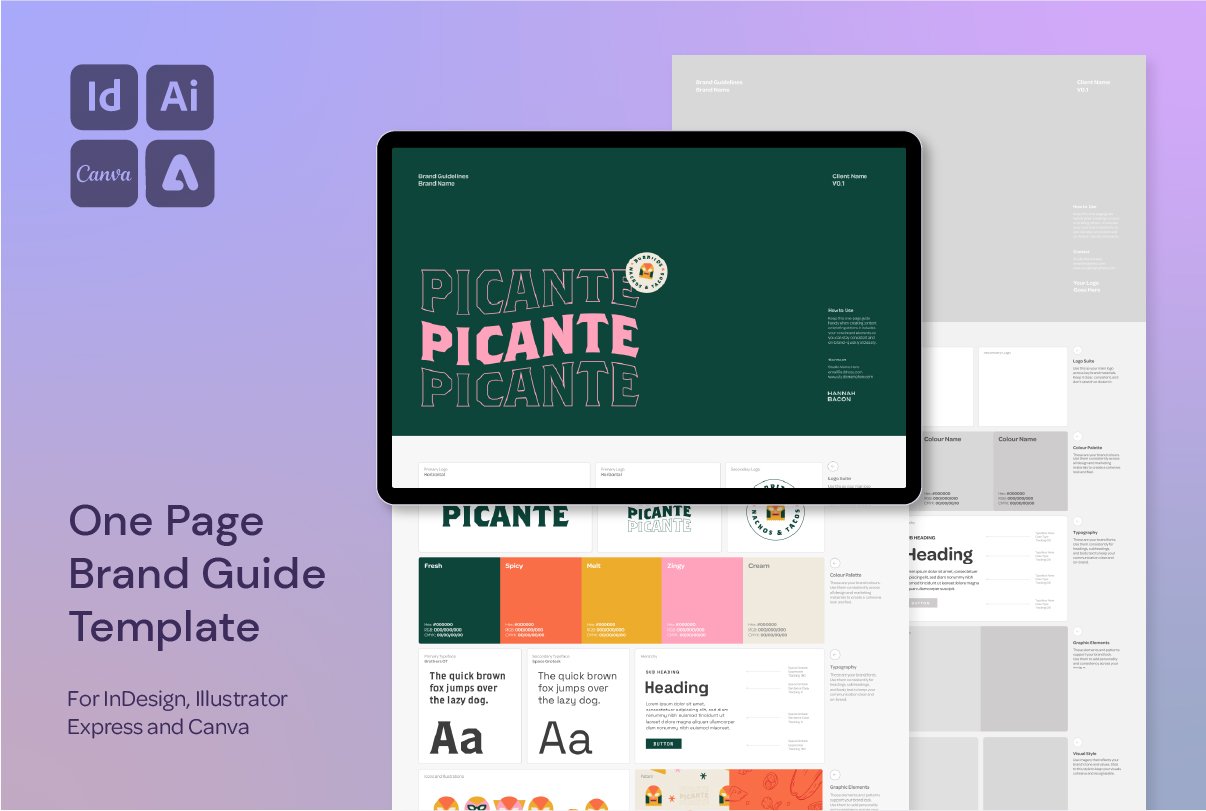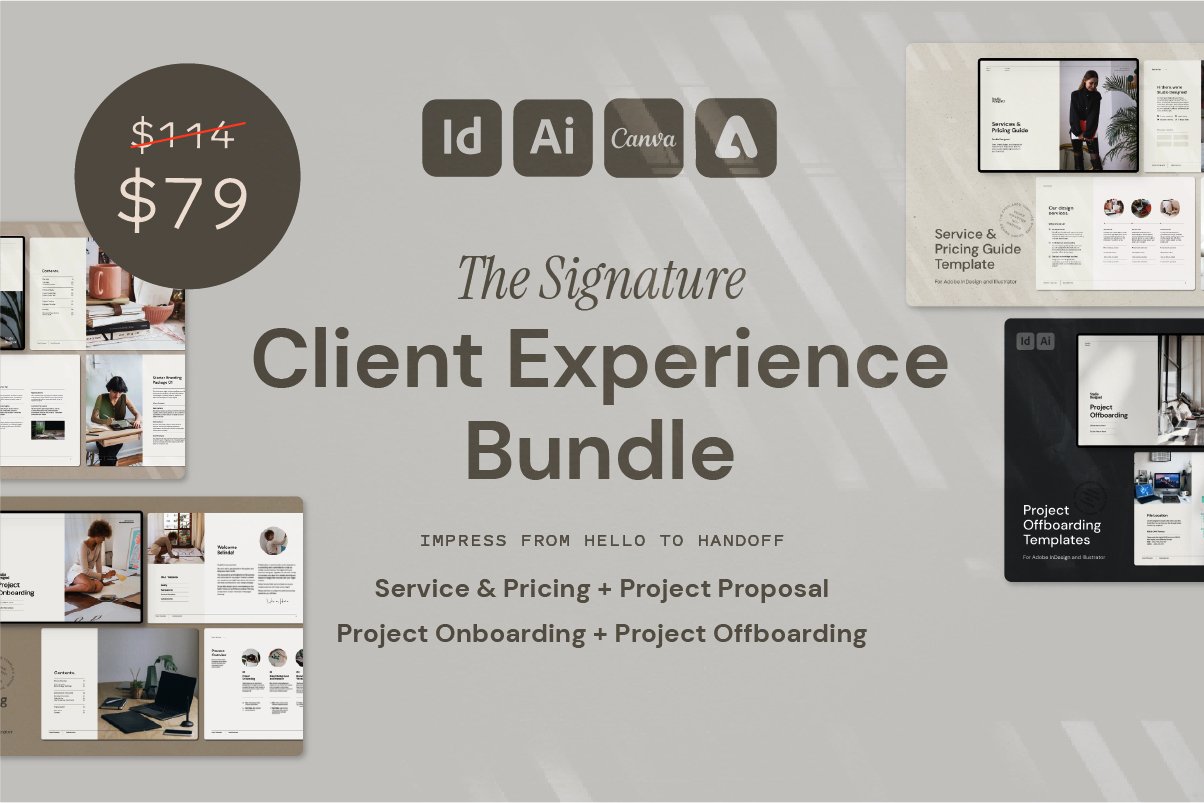How to Create Hand-Drawn Dot Patterns in Adobe Illustrator
Creating Organic Dot Patterns in Illustrator Using the Blob Brush + Pattern Tool
If you’re looking to add a more organic, hand-drawn touch to your vector artwork, dot patterns are a super effective way to introduce texture and depth. In this tutorial, I’ll show you how I create hand-drawn dot patterns using the Blob Brush Tool and Illustrator’s built-in Pattern Maker—plus a trick to make sure they display cleanly over your artwork.
It’s perfect for use in packaging, backgrounds, branding elements, or anywhere you want that slightly imperfect, handmade feel.
You can check out this video (and lots more!) over on my Instagram Page @hannah.bacon.design
Make a Hand-Drawn Dot Pattern in Illustrator
1. Draw Your Dots with the Blob Brush
Select the Blob Brush Tool (Shift + B)
Draw out a series of dots—slightly elongated and irregular shapes work well to give a more organic, human touch
2. Create the Pattern
Select your drawn dots
Go to Object → Pattern → Make
In the pattern options panel, set it to Grid by Column
Offset the rows slightly to break up the repetition and make the pattern look more natural
3. Adjust Dot Placement
Manually tweak the placement of individual dots to avoid obvious symmetry
When you’re happy with the layout, click Done to save it as a new swatch
4. Apply the Pattern
Select the shape you want to fill
Apply your new dot pattern directly from the Swatches Panel
Fixing Visual Clutter: Create a Clean Background Shape
Sometimes, when your pattern overlaps with other design elements, it can feel a little messy or hard to read. Here’s a quick fix:
Use the Shape Builder Tool (Shift + M) to create a background shape beneath your dots
Set the fill and stroke to match your artwork’s background colour
Place it over the patterned area—it helps the pattern appear neater and more intentional
This trick works especially well for badges, labels, or patch-style elements where clarity and contrast are key.
Want More Time-Saving Tools and Freebies?
This process is just one of the techniques I share across my design templates and digital assets, made especially for designers who want professional results—without starting from scratch every time.





